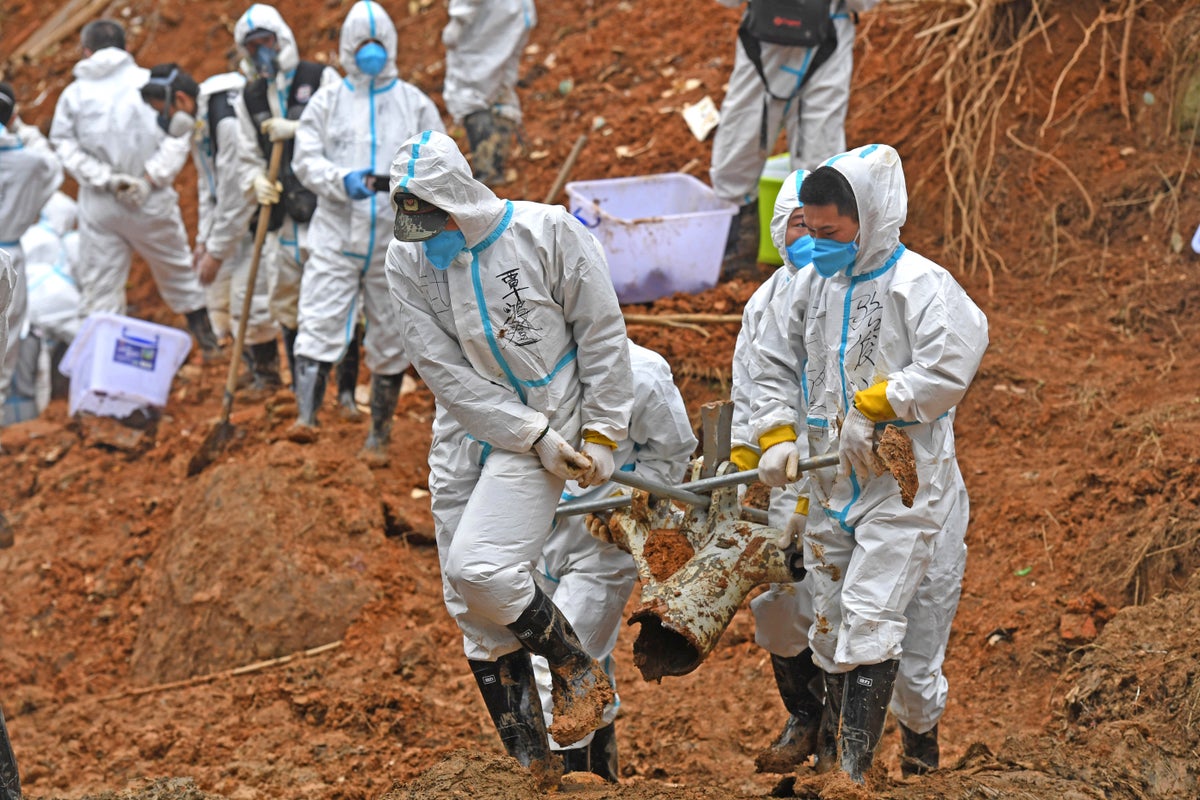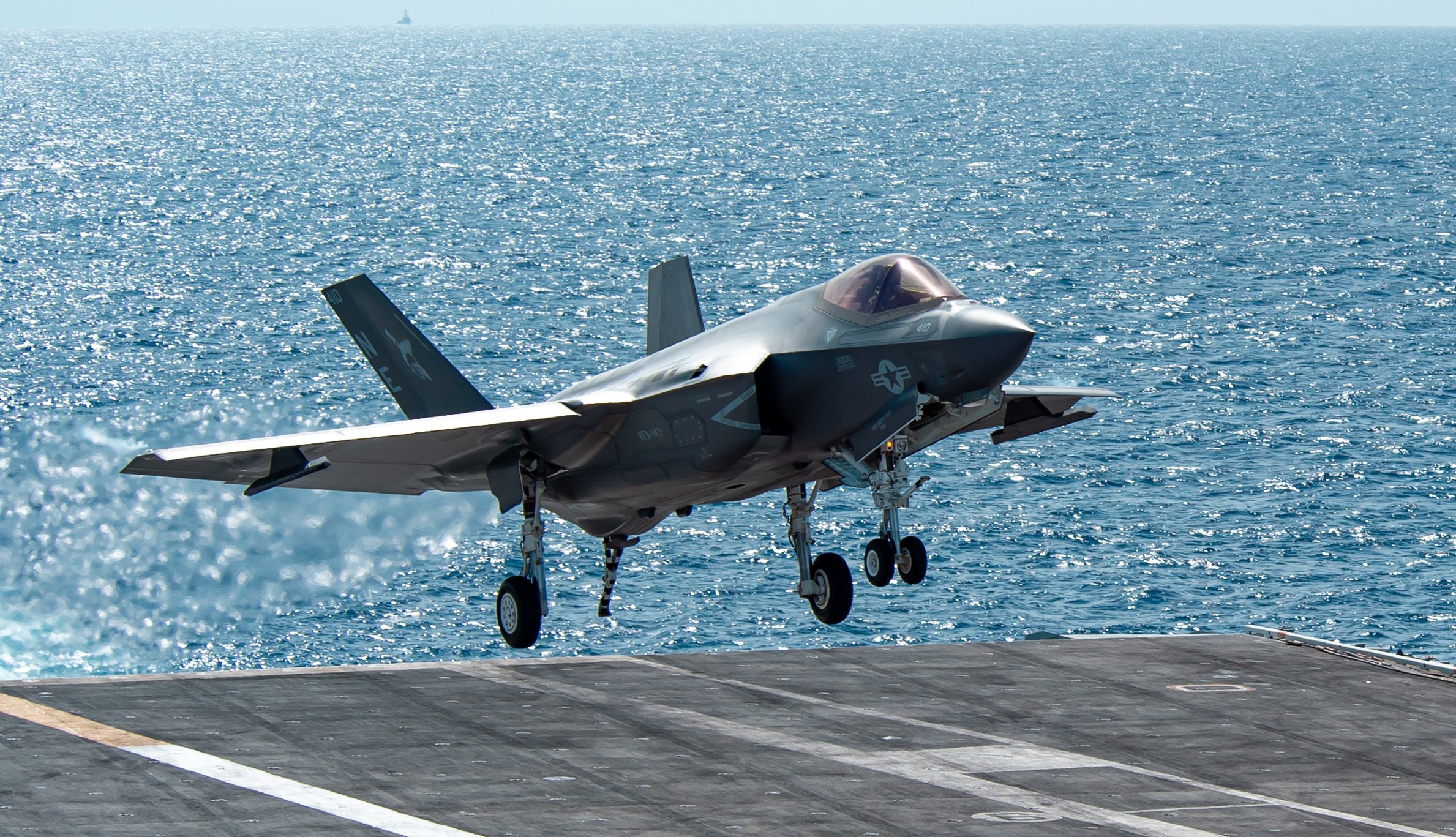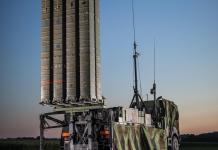Last week, China issued visas to American investigators and technical consultants to help in the probe into the fatal crash of a China Eastern Airlines in the country, weeks after a Chinese-made vessel had recovered the wreckage of an American F-35C that had crashed in the South China Sea.
While the Chinese-built vessel then used by the American retrievers was operated by a company called Ultra Deep Solutions (UDS) based in Singapore, China had projected the ship built by its industry as the centerpiece of the US salvation operation.
In a fresh development related to the catastrophic crash of a Chinese airliner in Southern China last month, the National Transportation Safety Board (NTSB) of the United States has reportedly been tasked with downloading data from the flight.
“NTSB investigators are assisting the Civil Aviation Administration of China with the download of the cockpit voice recorder from China Eastern Flight 5735 in our lab in Washington,” an NTSB representative said in a statement on April 1.
The announcement came nearly two weeks after flight MU-5735 crashed from an altitude of roughly 8,900 meters (29,100 feet). Two days after the incident, the cockpit voice recorder, which records conversations between pilots and other audio clues from within the cockpit, was discovered.
On March 21, the plane crashed into a mountainside in southern China, killing all 132 people on board. It was the biggest aviation tragedy in mainland China in 28 years. Following the crash, China Eastern Airlines had announced its decision to ground all the company’s 737-800 planes.
Shortly after the disaster, the first black box was discovered at the crash site and was sent to Beijing. A CAAC official had then informed that it was too early to predict when the voice data will be available for download.
On the other hand, a flight expert had cautioned that decoding the data would take another 10 to 15 days and data analysis would take even longer than that.

The second black box, the flight data recorder, was discovered in the debris last week by recovery personnel. The cockpit voice recorder will most certainly supply investigators with details of communications between the flight’s three pilots, which is one more than the Boeing jet requires, according to CNBC.
Following a meeting of China’s highest decision-making body chaired by President Xi Jinping two days ago, Chinese official media stated that the reason for the incident must be discovered as quickly as possible.
As the plane was developed and built in the United States, the NTSB has the right to participate under an international agreement. A team of Boeing is also engaged in assisting the Chinese.
The fact that the US and China would be working together to retrieve valuable data that would aid the investigation effort is reminiscent of the American salvation of the crashed F-35 aircraft in the South China Sea using a Chinese-built vessel, very recently.
F-35 Crash
The wreckage of the F-35C was discovered roughly 300 kilometers (185 miles) west of the Philippines and 565 kilometers east of the disputed Paracel Islands in the northern South China Sea (Xisha Islands).
Given the crash’s critical location, there was concern that the Chinese military might try to gather the wreckage, as previously reported by the EurAsian Times.

However, the aircraft’s wreckage was recovered from the bottom of the sea, about 12,400 feet below the surface, by a team of divers from the US Navy’s 7th Fleet Task Force and a Navy salvage and diving team, according to a press release.
The wreckage was eventually dragged out by a crane attached to the Picasso ship by the team using a remotely operated vehicle. The Picasso, according to Chinese official media, was built in China and operated out of Singapore.
Chinese-built DSCVs have also been employed to recover aircraft from the seabed in previous instances. When an F-35A from the Japan Air Self-Defense Force crashed into the Pacific Ocean in 2019, the Van Gogh, another DSCV made by China, was involved in the salvage mission.
A Chinese military analyst had then said that China is a world leader in shipbuilding, so it was not a surprise that Chinese ships were involved in these recovery missions. “This shows the need for cooperation between the US and China,” he had noted.
Similarly, the US Safety board as well as the Federal Administration Aviation is the leader in aviation rules, best practices, and safety. The willingness on both sides to cooperate on matters fundamental to security and civilian interest despite overall deteriorating relationship could be a signal that all hope is not lost.
- Contact the author at sakshi.tiwari9555@gmail.com
- Follow EurAsian Times on Google News




